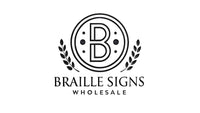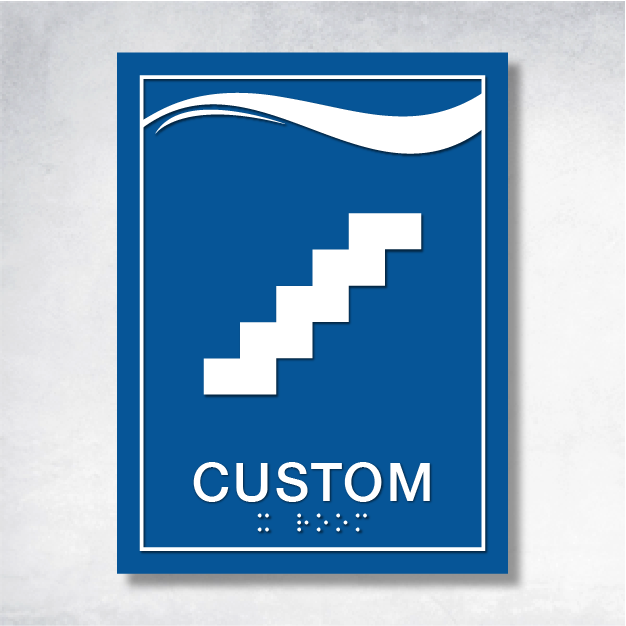In today's world, where inclusivity is more than just a buzzword, multi-sensory signage is setting the stage for a revolution. Imagine a world where touch, sound, and sight come together to create environments that welcome everyone, especially those with sensory impairments. This is not just a vision; it's a reality that's transforming how we interact with spaces, making navigation intuitive and accessible for all.
Trailblazers in Accessibility: Global Efforts and Pioneering Companies
The world of accessibility signage is buzzing with innovation. Take Paris, for example, which is gearing up for the 2024 Olympic and Paralympic Games with groundbreaking multi-sensory signage systems. This initiative is setting a new gold standard. Companies like Omnisens are leading the charge, using state-of-the-art technologies like audio traffic lights and inclusive wayfinding apps to redefine accessibility.
The Science Behind the Signs: Cognitive Insights and Tech Marvels
At the heart of this transformation is cognitive science, which reveals the power of cross-modal displays. By blending sensory inputs, these systems enhance how we process environmental cues. Imagine converting visual information into sound or vibration—these techniques are not just innovative; they're essential for creating designs that cater to diverse needs. The integration of such technologies in signage is a testament to the strides we're making in accessibility.
Collaborative Creations: Partnering with Communities for Impact
The secret to effective multi-sensory signage lies in collaboration. Thought leaders stress the importance of co-creating with disabled communities to ensure these solutions are truly inclusive. Companies like Omnisens exemplify this approach, working hand-in-hand with communities to craft solutions that address a wide array of needs. These partnerships are the backbone of signage that genuinely revolutionizes accessibility.
Navigating New Horizons: Tools for Exploration
For those exploring spaces, multi-sensory signage is a game-changer. Apps like Evelity offer seamless navigation, transforming how users interact with their environments. Museums and cultural institutions are also embracing this trend with multi-sensory maps that enrich the visitor experience, allowing for a deeper, more meaningful engagement with the space.
Beyond Accommodation: A Universal Leap Towards Inclusivity
Multi-sensory signage is not merely an accommodation; it's a universal enhancement that elevates user experience across all environments. As we look ahead, the evolution and widespread adoption of these technologies promise a world where everyone can navigate and interact with ease and dignity.
For more insights into how signage is transforming spaces, explore Navigational Necessities Signs or discover options like ADA Signs for Offices.
As we continue to push the boundaries of accessibility, multi-sensory signage stands as a beacon of progress, lighting the way to a future where inclusivity is the norm, not the exception.
Learn more about inclusive signage at Inclusive City Maker.









